Forget everything you may think you know about the Balkans. Those outdated images of conflict zones and gray communist-era cities? Yugoslavia is now broken up into some beautiful countries attracting tourists from all over. Today’s Balkans are Europe’s most thrilling adventure, and it is mainly due to the mountains, amazing food, new cultures, and the affordability of everything.
The Balkans represent everything modern travelers claim to want but struggle to find elsewhere: authentic cultures untouched by mass tourism, stunning natural beauty without the crowds, rich historical layers that tell Europe’s most fascinating stories, and prices that make luxury experiences accessible to everyone. It’s like discovering Europe before everyone else figured out how incredible it was. There are issues like transportation is a bit different going from the EU to these countries, but for the most part it is a new adventure.
This is adventure travel for people who thought adventure travel meant sacrificing comfort, cultural travel for those who assumed culture came with tourist theater, and budget travel for those who never imagined luxury could be affordable.
Croatia

Croatia didn’t just master the art of coastal beauty, it perfected it. The Dalmatian Coast offers 3,600 miles of pristine shoreline where crystal-clear Adriatic waters lap against medieval cities that look like they were designed by angels with exceptional taste. Dubrovnik’s walls rise directly from the sea, while Split lets you live inside a Roman emperor’s palace that somehow became a living, breathing city.
But Croatia’s secret weapon isn’t just the coast, it’s the diversity packed into a country smaller than West Virginia. Plitvice Lakes National Park creates landscapes so perfect they look computer-generated, with turquoise lakes connected by waterfalls that cascade through forests so green they hurt your eyes. The food is amazing with Black Risotto, and some of the best seafood around. Meanwhile, Istrian hill towns serve truffles and wine that rival anything in Italy, at prices that make extended culinary adventures financially feasible.
Croatia is bucket list item for many people, especially after watching Game of Thrones and wanting to see King’s Landing. The country is like the cheaper and more beautiful version of Italy. The coast line alone brings people from far and wide.
Serbia
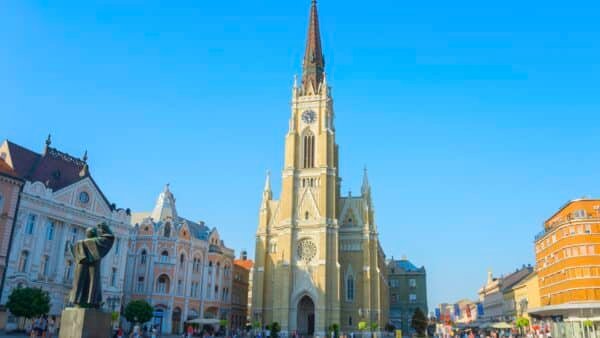
Serbia proves that the best European experiences happen where tourists haven’t yet figured out what they’re missing. Belgrade pulses with an energy that makes Berlin look sleepy, underground clubs in abandoned buildings, kafanas (traditional taverns) where locals sing until dawn, and a nightlife scene so legendary that people fly in just for the weekend.
But Serbia’s real treasures lie beyond the capital. Medieval monasteries cling to cliffsides in landscapes that inspired Byzantine artists, while Novi Sad provides Danube River charm with a music festival scene that attracts hundreds of thousands of international visitors who somehow keep this secret from spreading widely.
Bosnia and Herzegovina
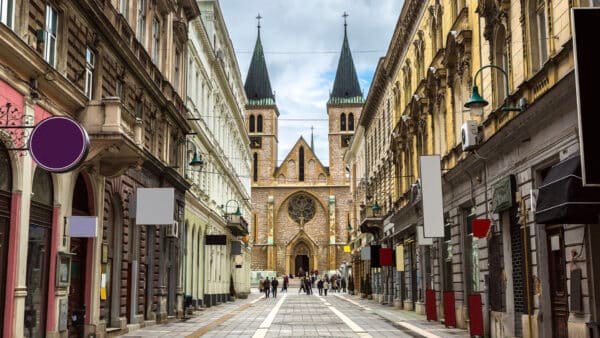
Bosnia tells Europe’s most complex story through landscapes and cities that have witnessed everything from Ottoman grandeur to Austro-Hungarian elegance to the more recent conflicts that most travelers think define the region. Sarajevo combines mosque minarets with Catholic churches and Orthodox temples within blocks of each other, creating religious diversity that predates modern tolerance movements by centuries.
Mostar’s famous bridge, rebuilt after wartime destruction, symbolizes renewal and reconciliation in ways that make UNESCO designations feel inadequate. Meanwhile, the countryside offers whitewater rafting on the Neretva River, mountain hiking that rivals the Alps, and traditional villages where ancient ways of life continue authentically rather than as tourist attractions.
Montenegro
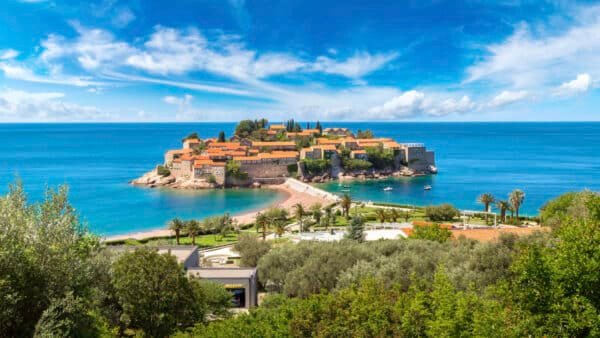
Montenegro proves that good things come in small packages, this country roughly the size of Connecticut contains fjord-like coastlines, alpine lakes, and medieval towns that create visual drama comparable to Norway, Switzerland, or New Zealand. The Bay of Kotor winds inland like a Mediterranean fjord, while the old town of Kotor creates one of Europe’s most perfectly preserved medieval settings.
Durmitor National Park offers hiking through landscapes where glacial lakes reflect mountain peaks that rise directly from emerald meadows. The Tara River Canyon, Europe’s deepest, provides whitewater rafting experiences through pristine wilderness that feels completely untouched by modern development.
North Macedonia

North Macedonia offers historical depth that spans millennia, from ancient Macedonian kingdoms to Ottoman architecture to Yugoslav-era monuments that create unique cultural layers. Ohrid, one of Europe’s oldest lakeside settlements, features Byzantine churches and medieval fortifications overlooking a lake so clear and pristine it’s protected as both a UNESCO World Heritage site and biosphere reserve.
The country’s position at the crossroads of European and Asian trade routes created architectural and culinary fusion that exists nowhere else. Traditional restaurants serve dishes that blend Turkish, Greek, and Slavic influences, while wine regions produce varieties from indigenous grapes that predate most European wine traditions.
Albania

Albania represents Europe’s final undiscovered frontier, a country where dramatic mountains meet pristine coastlines, where Ottoman architecture coexists with communist-era monuments, and where traditional mountain villages preserve ways of life that have largely disappeared elsewhere in Europe.
The Albanian Riviera offers Mediterranean coastlines that rival anything in Greece or Italy, but without the infrastructure development that has transformed other European coastal destinations. Traditional stone villages in the Albanian Alps preserve mountain cultures where hospitality traditions create authentic cultural exchanges rather than commercial tourist interactions.
Whitewater Rafting on the Tara River
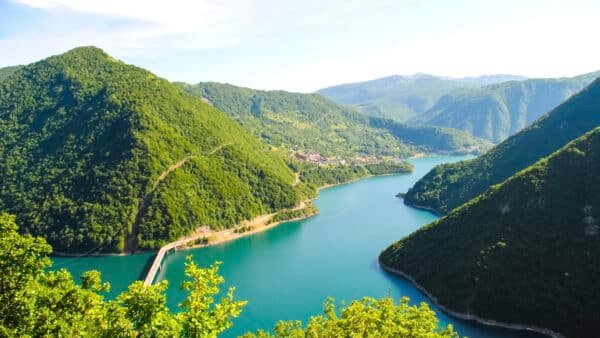
The Tara River cuts through Montenegro and Bosnia, creating Europe’s deepest canyon and some of its most spectacular whitewater rafting. Multi-day rafting trips take you through pristine wilderness where the only sounds are rushing water and birds, while overnight camping on riverbanks provides star-filled skies unpolluted by urban light.
The rafting ranges from gentle family-friendly floats to serious whitewater challenges, with local guides who grew up on these rivers providing both safety expertise and cultural insights about traditional river communities that few tourists ever encounter.
Hiking the Via Dinarica
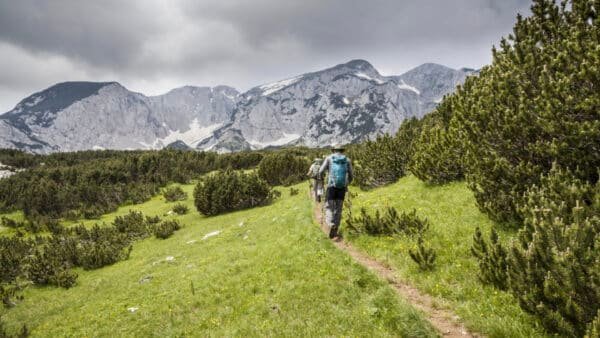
The Via Dinarica trail connects the Dinaric Alps across Slovenia, Croatia, Bosnia and Herzegovina, Montenegro, and Albania, creating one of Europe’s most spectacular and least crowded long-distance hiking opportunities. The trail passes through national parks, traditional villages, and mountain landscapes that showcase the region’s incredible biodiversity and cultural diversity.
Multi-day sections can be hiked independently or with local guides who provide insights into mountain traditions, wild edible plants, and historical sites that aren’t marked on any tourist maps. Mountain huts and traditional guesthouses provide accommodation that ranges from basic to surprisingly comfortable.
Wine Regions Nobody Talks About

The Balkans produce wines from grape varieties that predate most European wine traditions, creating tasting experiences that feel like discovering entirely new categories of wine. Croatian Istria produces whites that rival Burgundy, while North Macedonia’s Tikvesh region creates reds from indigenous grapes that taste unlike anything in mainstream wine markets. The olive oil is also amazing in Croatia as well. If you ever there, drop by one of their market to pick up a few bottles to take home.
Small family wineries offer tastings and tours that provide intimate cultural experiences where wine becomes a pathway to understanding regional history, agricultural traditions, and family stories that span generations. Many winemakers speak multiple languages and welcome international visitors eager to learn about wine traditions that remain largely unknown outside the region.
Living History Everywhere
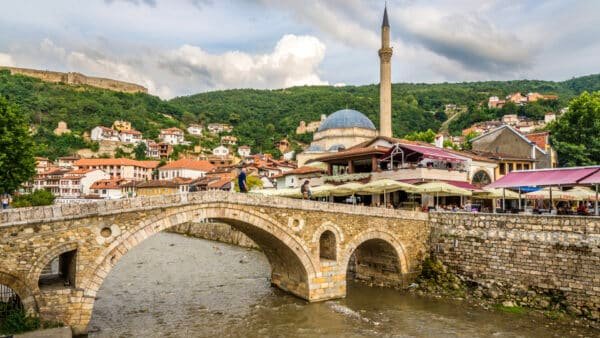
The Balkans provide tangible connections to European history that goes far beyond museum exhibits. Roman ruins dot the landscape, medieval monasteries preserve Byzantine art traditions, Ottoman architecture creates unique urban environments, and recent historical events remain part of living memory for local residents willing to share their experiences.
This historical depth creates travel experiences that educate through direct encounter rather than academic study. Walking through Sarajevo means experiencing religious diversity, wartime resilience, and cultural fusion in ways that make history personal rather than abstract.
The history in this region is outstanding. From the Medieval times, to Byzantine empire, Ottoman Empire, Dubrovnik had its own empire, there is so much history to discover. You may not be into history, but knowing and learning a bit more can help you to understand cultures and people.
The Bottom Line: Europe’s Best-Kept Secret

The Balkans represent the Europe that existed before mass tourism, package tours, and Instagram optimization transformed travel destinations into theme parks. That is the negative part of Communism and anti capitalistic economies, but now the Balkans are hopping. This is where you’ll find medieval cities that function as living communities rather than museums, where natural wonders remain accessible rather than overcrowded, and where cultural experiences feel authentic rather than commercialized.
Pack your sense of adventure, bring your curiosity about complex histories and diverse cultures, and prepare to discover why the Balkans might just be Europe’s most rewarding travel destination. You’ll return home with stories that no one else has, experiences that transformed your understanding of European culture, and a desperate desire to return as soon as possible.
The Balkans aren’t just your next big adventure, they’re the adventure that will make you question why you ever traveled anywhere else in Europe.
